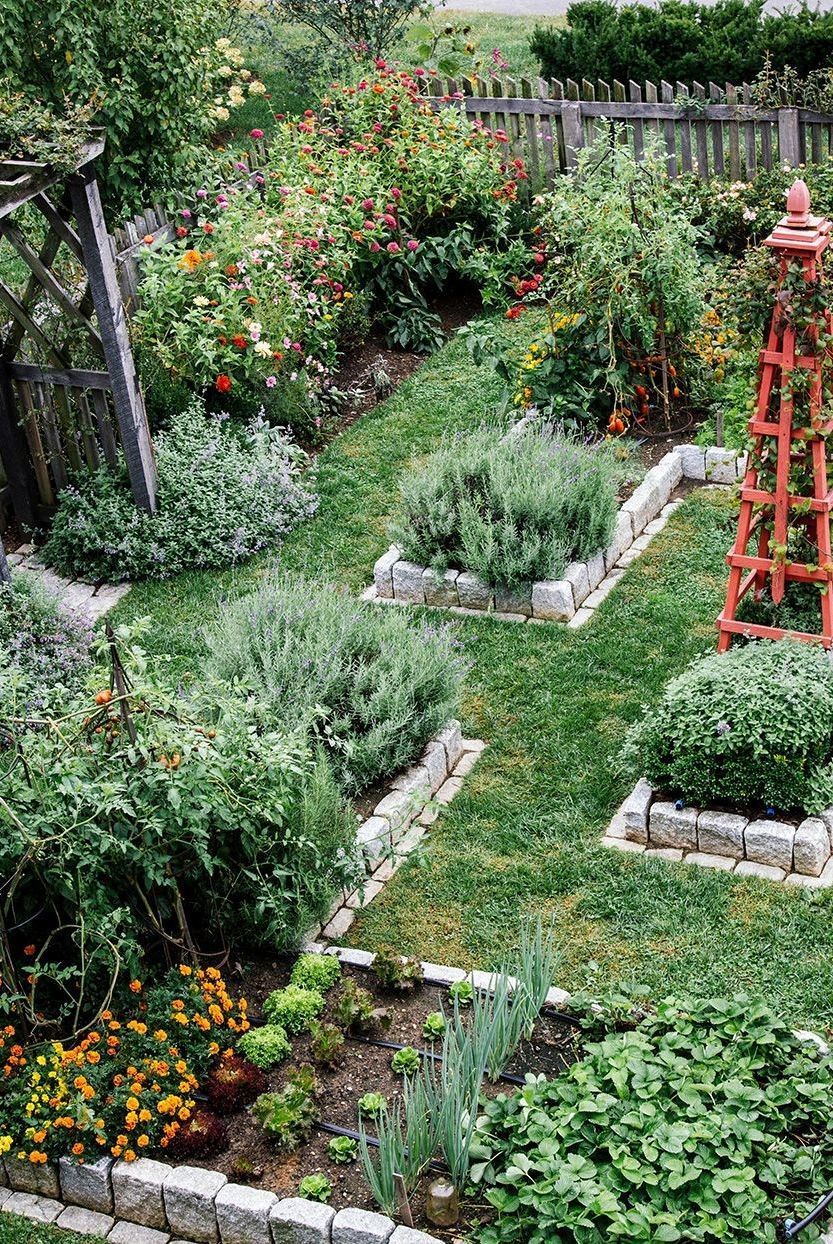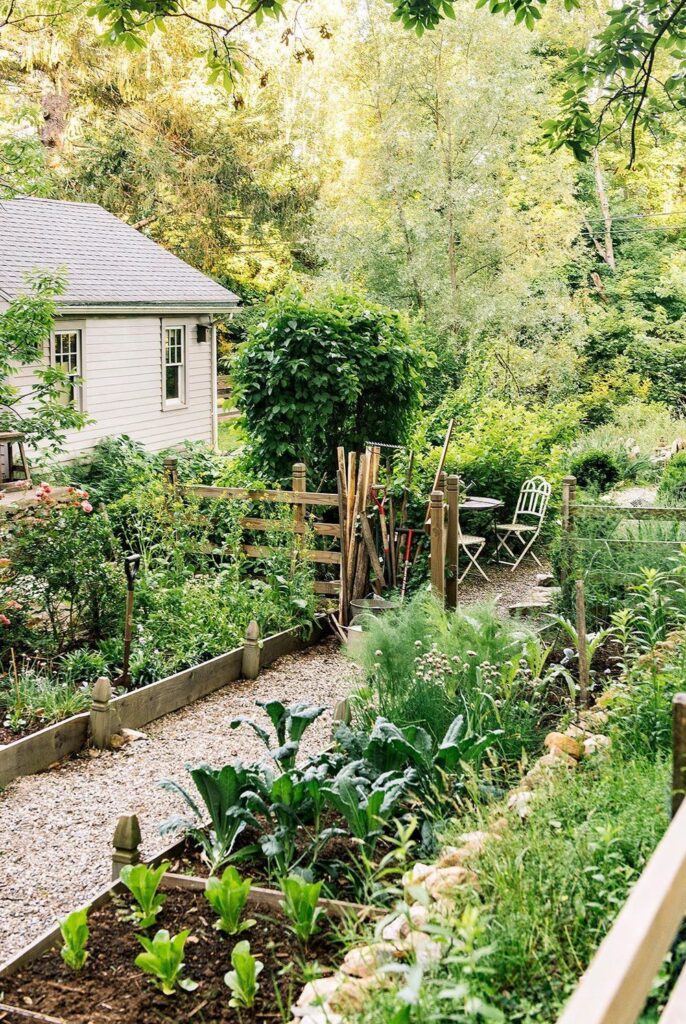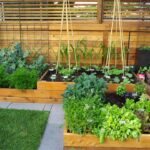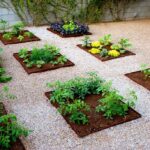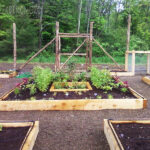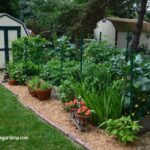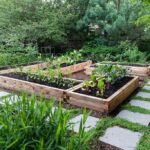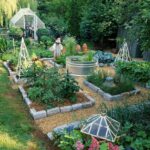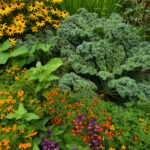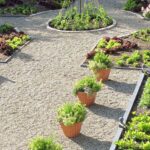Landscaping a vegetable garden can bring both aesthetic appeal and functionality to your outdoor space. By carefully planning the layout and design of your garden, you can create a beautiful and productive space that will provide you with fresh produce all season long.
One of the first steps in landscaping a vegetable garden is to choose a location that receives plenty of sunlight. Most vegetables require at least six to eight hours of direct sunlight each day in order to thrive. Consider the natural slope of your yard and choose a level area that will allow for proper drainage.
Next, consider the layout of your garden beds. Raised beds are a popular option for vegetable gardens, as they provide good drainage and can make it easier to control weeds and pests. You can also incorporate pathways and stepping stones to make it easier to access and maintain your garden.
When selecting plants for your vegetable garden, consider the size of each plant and its spacing requirements. Be sure to group plants together that have similar watering and sunlight needs. You can also incorporate trellises and structures to support climbing plants such as tomatoes, cucumbers, and beans.
Incorporating native plants and flowers into your vegetable garden can help attract beneficial insects and pollinators, which can help improve the overall health and productivity of your garden. Consider planting a mix of flowers, herbs, and edible plants to create a diverse and beautiful landscape.
Finally, be sure to add some personal touches to your vegetable garden to make it your own. Consider adding decorative elements such as garden art, seating areas, or a small water feature to create a relaxing and welcoming space for you to enjoy. With careful planning and consideration, you can create a vegetable garden that is not only productive but also visually stunning.
